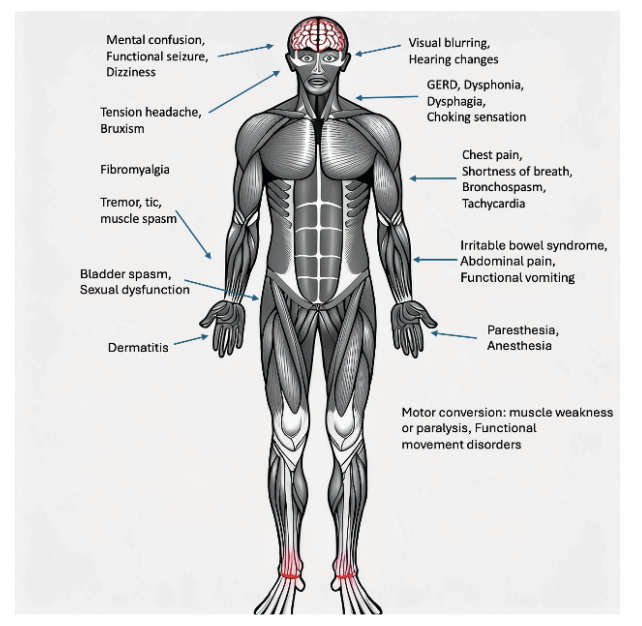Article
Why Feelings Matter
In everyday life, our feelings guide how we relate, connect, protect, and love. But what happens when we push them down—when they're buried under anxiety, guilt, or defenses we don’t even know we’re using? Intensive Short-Term Dynamic Psychotherapy (ISTDP) is based on a radical idea: buried emotions are not just baggage—they are the key to healing.
At the heart of ISTDP lies a profound, yet simple truth: when we face our real feelings—especially the ones we were once too afraid or ashamed to feel—we reclaim our vitality, self-respect, and capacity to love.
What Are "Feelings" in ISTDP?
In ISTDP, feelings are more than passing moods. They are core emotional truths—often involving attachment—and typically include:
- Grief and longing over lost connection
- Anger and rage in response to perceived or real injury
- Guilt and remorse after hurting someone we love
- Love and tenderness beneath our defenses
These feelings are frequently mixed, especially in the wake of early attachment trauma. Imagine losing someone you loved deeply—do you feel sadness, anger, guilt, or love? Probably all of them. ISTDP helps us feel these mixtures fully, safely, and in the presence of another human being—the therapist.
Why Do We Avoid Our Feelings?
From a young age, many of us learned that expressing anger or sadness wasn’t safe. In response, the mind constructs defenses (like sarcasm, passivity, or intellectualizing) and channels the emotional energy into anxiety. This is not conscious or voluntary—it’s a survival strategy.
ISTDP doesn’t shame these defenses. Instead, it honors them for the job they’ve done. Then, gently but persistently, the therapist helps the person see the price they’re paying for keeping these feelings buried: symptoms, strained relationships, and a lost sense of self.
The Therapist’s Role: Noticing, Holding, Guiding
In ISTDP, the therapist acts like a supportive but firm guide helping the person reconnect with their inner world.
Imagine this early dialogue:
Therapist: “I notice when you talk about your father, you smile—but your hands are clenched. What are you feeling toward him right now?”
Patient: “I’m not sure… Maybe nothing.”
Therapist: “Let’s stay with that. Something in your body is responding. Can we be curious about it together?”
The goal is not to impose a feeling but to help the person stay in the present moment, bypassing defenses, and contact what’s truly there.
Feeling Is Not the End—It's the Beginning
Feeling an emotion is not the final goal—it’s a gateway. Once felt, those feelings can be worked through and integrated into the person’s life. This leads to changes in:
- Self-worth
- Intimacy and attachment patterns
- Decision-making and boundaries
- Overall resilience
As Patricia Coughlin beautifully wrote, ISTDP is about moving “from suffering and constriction to aliveness and authenticity”.
For Therapists: Holding Space for the Storm
To work with feelings in ISTDP is to sit with intensity, to tolerate discomfort—both ours and the patient’s—and to trust the process. The most effective interventions aren’t scripted—they emerge from attunement, pressure, timing, and the courage to face whatever surfaces in the room.
As ISTDP Authors remind us, “The therapist’s job is not to offer safety from emotion—but safety to feel it”.
Closing Thoughts: An Invitation
Whether you’re a therapist, a client, or someone simply curious about your inner life, ISTDP invites you on a radical journey: toward your own heart. It says, “Let’s stop running. Let’s turn toward what’s true.”
Because what waits for us beneath the fear is not destruction—but reconnection.
For further reading: explore books by Davanloo, Coughlin, Abbass, and Frederickson—each one a window into how feelings, when fully embraced, can transform a life.





